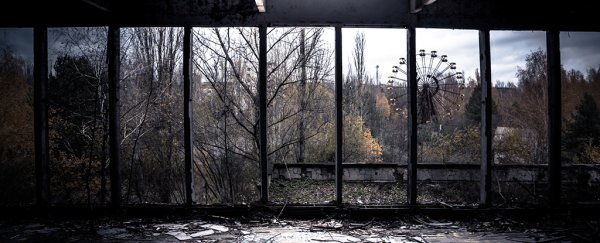The Chernobyl Nuclear Power Plant was an electricity-generation facility near what was once the city of Pripyat in the Soviet Ukraine.
In the early hours of 26 April 1986, a fission reactor at the plant underwent a meltdown during a routine safety test, resulting in catastrophic explosions and intense fires that lasted more than a week.
How many people died in Chernobyl?
Initially, the accident was directly responsible for just two deaths - one from the explosion itself and another from a lethal dose of radiation. According to the UN, in the aftermath, another 52 people died as a result of burns and acute radiation damage.
Other sources, including the HBO series Chernobyl, say it was only 31 total direct deaths, but the UN estimate of 54 total direct deaths is considered the most accurate.
Indirectly, the explosion scattered radioactive fallout over Europe, contributing to illnesses in surrounding populations and potentially tens of thousands of cancer cases caused by increased exposure to radiation.
What does Chernobyl look like now?
The nearby town of Pripyat was evacuated a day after the explosion, and has remained uninhabited ever since. An exclusion zone has also been in place, currently covering some 2,600 square kilometres (1,000 square miles) of modern Ukraine.
A shelter structure - also referred to as a sarcophagus - has been erected in stages over the remains of the section of the plant destroyed by the explosion to contain the contaminated rubble. The latest of these is called the New Safe Confinement. It was declared complete in April 2019.
How did Chernobyl happen?
A number of factors contributed to the destruction of the Chernobyl power plant, but all can be divided into either shortfalls in design or human error.
The meltdown responsible for the plant's explosions occurred shortly after 01:00 local time in the number 4 reactor, as operators were conducting a routine safety drill. Failure to follow protocol, in association with the unique design of the Soviet era reactor that left little room for error, led to a power surge that raised temperatures and ruptured fuel containers.
All topic-based articles are determined by fact checkers to be correct and relevant at the time of publishing. Text and images may be altered, removed, or added to as an editorial decision to keep information current.
